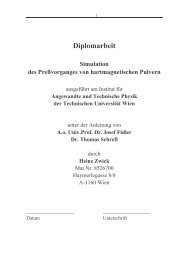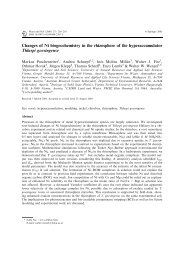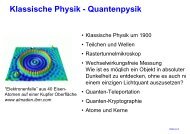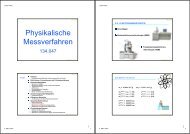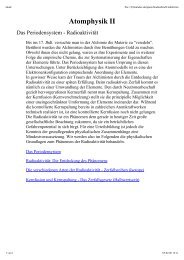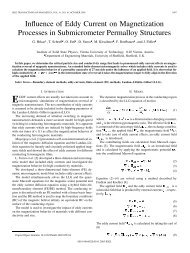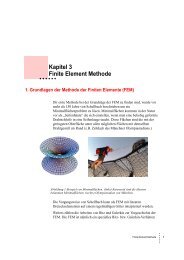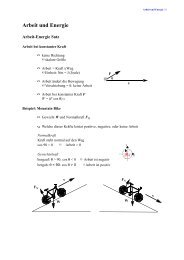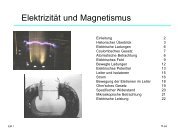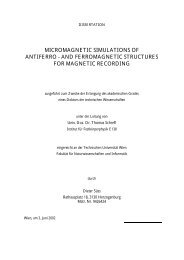Read Back Signals in Magnetic Recording - Research Group Fidler
Read Back Signals in Magnetic Recording - Research Group Fidler
Read Back Signals in Magnetic Recording - Research Group Fidler
Create successful ePaper yourself
Turn your PDF publications into a flip-book with our unique Google optimized e-Paper software.
7 OutlookEquation<br />
Section (Next)<br />
Outlook<br />
This work was a first step to take arbitrary current distributions <strong>in</strong>to account <strong>in</strong> micromagnetic<br />
simulations. The program solves the LLG equation and simultaneously calculates the current<br />
distribution, which can be <strong>in</strong>fluenced by the magnetization. So it can be used for read back<br />
signal calculations. Of course it is also possible to calculate the read back signal of<br />
perpendicular record<strong>in</strong>g layers. Here the additional SUL has to be taken <strong>in</strong>to account. Sp<strong>in</strong><br />
valves with synthetic antiferromagnet can also be calculated, if the <strong>in</strong>terlayer exchange<br />
coupl<strong>in</strong>g is <strong>in</strong>troduced.<br />
Possible enhancements of this program are the consideration of eddy currents [41] [42] or<br />
f<strong>in</strong>ite temperatures. To take fluctuations at f<strong>in</strong>ite temperatures <strong>in</strong>to account, a stochastic,<br />
thermal field H th is added to the effective field <strong>in</strong> the LLG equation [38]<br />
∂J α ∂J<br />
=−γ J× ( Heff + Hth) + J × . (7.1)<br />
∂t J ∂t<br />
s<br />
Future hard disks will make use of sp<strong>in</strong> valves operat<strong>in</strong>g <strong>in</strong> CPP mode. Therefore simulations<br />
of CPP sp<strong>in</strong> valves become more and more <strong>in</strong>terest<strong>in</strong>g. A current perpendicular to the layer<br />
structure leads to sp<strong>in</strong> transfer, which has to be taken <strong>in</strong>to account by an additional term,<br />
called sp<strong>in</strong> torque term [39]<br />
∂J α ∂J<br />
Cj<br />
=−γ J× H ′<br />
eff + J× + J× J × J. (7.2)<br />
∂t J ∂t<br />
J J′<br />
2<br />
s s s<br />
Here J ′ is the magnetization of a reference layer, which polarizes the electrons. The polarized<br />
current transfers the sp<strong>in</strong> to the actual magnetic polarization J and causes an additional<br />
motion of J. j is the local current density. For CPP sp<strong>in</strong> valves the magnetization is transferred<br />
from the p<strong>in</strong>ned layer to the free layer or vice versa.<br />
The application of this program is not restricted to read head simulations. It can also be<br />
applied, for example, on magnetic tunnel junctions (MTJs), which are used <strong>in</strong> MRAMs<br />
(<strong>Magnetic</strong> Random Access Memory).<br />
77



